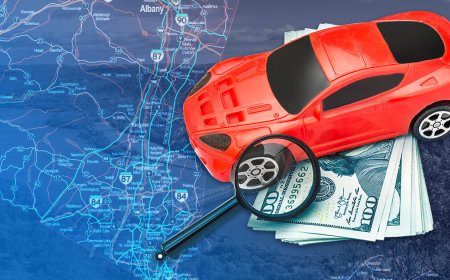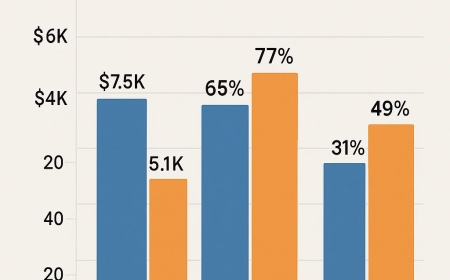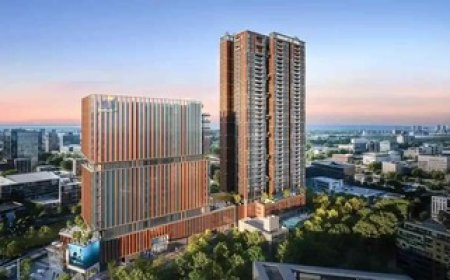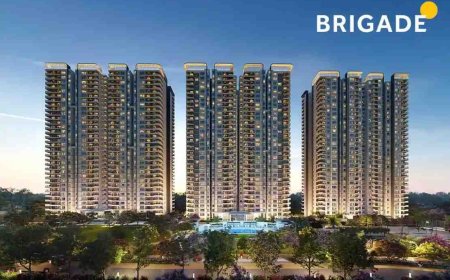What Kind of Accommodation and Food Can I Expect on the Gokyo Valley Trek?
The Gokyo Valley Trek offers cozy tea house stays and warm, local meals like dal bhat, noodles, and garlic soup—even at high altitudes. Though simple, the food and hospitality make the journey feel like home in the heart of the Himalayas.
Trek to Gokyo Valley was one of the most peaceful and beautiful journeys Ive ever taken in the Himalayas. As we walked past turquoise lakes and snow-covered peaks, I often wondered what each night would be like. Would the tea houses be warm? Would the food be tasty? These questions stayed with me, especially as we climbed higher into the thin air of the Khumbu region.
If youre planning the Gokyo Valley Trek, heres everything I learned about the food and places to stay from cozy lodges to hot soups that warmed our cold hands.
Quick Trek Facts
Before we dive into food and beds, here are a few important facts about the trek:
-
Average length: 1014 days
-
Total distance: Around 92 km (round trip)
-
Maximum elevation: Gokyo Ri, 5,357 meters (17,575 feet)
-
Highest overnight stay: Gokyo Village, 4,790 meters (15,715 feet)
We began in Lukla and slowly made our way up the valley. Each night brought a new village, new people, and new tastes. And yes even above 4,000 meters, you can still enjoy hot meals and a warm bed.
Tea Houses: Your Home in the Mountains
We stayed in tea houses throughout the Gokyo Valley Trek. These are small guesthouses run by local families. They are basic but full of heart.
Heres what most tea houses offer:
-
A simple room with two single beds
-
A shared bathroom (sometimes with a squat toilet)
-
A warm dining hall with a stove in the center
-
Blankets (though we brought sleeping bags too)
The rooms are not fancy, but they are clean and safe. The beds had thick blankets, and the wooden walls kept out the mountain wind. In the evenings, we sat around the stove, sipping tea, sharing stories, and laughing with trekkers from all over the world.
The higher we climbed, the more basic the rooms became. At Gokyo Village, the tea house was simple, but the view of the lake from our window made it feel like luxury.
Hot Showers and Charging
In the lower villages like Namche Bazaar or Dole, hot showers were available for a small fee. As we climbed higher, hot water became harder to find. At Gokyo, we skipped showers and just used wet wipes. It was cold, but it was part of the experience.
Charging phones and cameras also cost extra. Solar power is common in these areas, and its shared among many trekkers. I carried a small power bank, which helped a lot.
Whats for Dinner? Lets Talk Food
Food was one of the best parts of the Gokyo Valley Trek. Even high up in the mountains, we had warm, filling meals every day.
Most tea houses have the same kind of menu, offering:
-
Dal Bhat A classic Nepali meal with rice, lentil soup, curry, and veggies. Its all-you-can-eat and super tasty.
-
Noodles and Pasta Fried noodles, spaghetti, and macaroni dishes were everywhere.
-
Potato Dishes Fried potatoes, mashed potatoes, and rosti, a kind of Swiss potato pancake.
-
Soup Garlic soup was our favorite. It helps with altitude too!
-
Pancakes and Chapati Served with honey or jam for breakfast.
-
Eggs and Toast A simple but satisfying way to start the day.
We also found Tibetan bread, momos (dumplings), and even apple pie in Namche Bazaar!
Food became more expensive the higher we went. Thats because everything is carried up by yaks or porters. But even at Gokyo Village, the food was hot, fresh, and comforting after a long hike.
Drinking Water and Snacks
We didnt buy bottled water instead, we used water purification tablets and refillable bottles. Most tea houses sell boiled water, which is safer to drink at high altitudes.
We also packed snacks like chocolate bars, nuts, and energy bites. These helped during long stretches between meals.
One evening, I shared a chocolate bar with a young Sherpa boy at the tea house. He smiled wide and said, Best day! That little moment reminded me how kindness can warm even the coldest night.
A Personal Moment in Gokyo
On our final night in Gokyo, we sat in the dining hall wrapped in jackets and scarves. The room was cold, but our hearts were warm. The owner brought us bowls of hot garlic soup and told us about the first trekkers who came to Gokyo decades ago.
I looked around at our tired, happy group some of us reading, some quietly staring at the fire. Outside, stars sparkled above the frozen lake. It was silent. Peaceful. Beautiful.
In that moment, I felt completely at home even at 4,700 meters above sea level.
Final Thoughts
So, what kind of accommodation and food can you expect on the Gokyo Valley Trek?
Expect simplicity, but also warmth. The rooms are basic but welcoming. The food is plain, but nourishing and delicious. The people? They make the mountains feel like home.
No, its not luxury but in the Himalayas, a bowl of soup and a soft bed after a long days walk is worth more than gold.
Whether youre a first-time trekker or a seasoned hiker, the Gokyo Valley Trek offers more than just stunning views. It offers hospitality, heart, and the quiet joy of simple living in the high mountains.






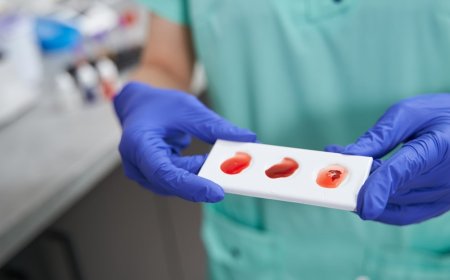

&srotate=0)





